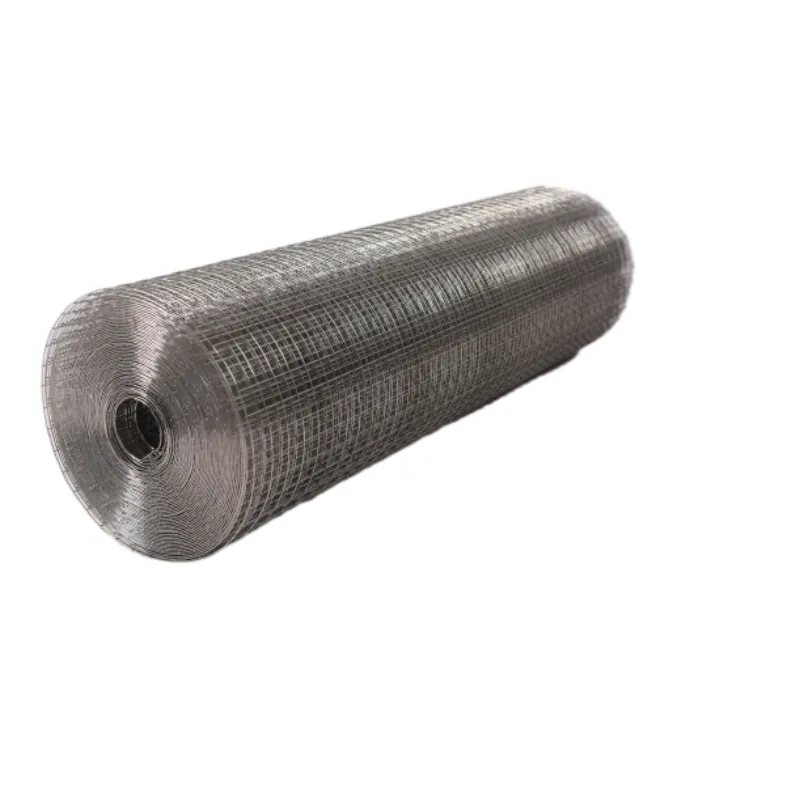
- Afrikaans
- Albanian
- Arabic
- Armenian
- Azerbaijani
- Basque
- Belarusian
- Bengali
- Bosnian
- Bulgarian
- Croatian
- Czech
- Danish
- Dutch
- English
- Esperanto
- Estonian
- Finnish
- French
- Galician
- Georgian
- German
- Greek
- hawaiian
- Hindi
- Hungarian
- Indonesian
- irish
- Italian
- Lao
- Latvian
- Lithuanian
- Luxembourgish
- Macedonian
- Maltese
- Myanmar
- Norwegian
- Polish
- Portuguese
- Romanian
- Russian
- Serbian
- Slovak
- Somali
- Spanish
- Swedish
- Thai
- Turkish
- Turkmen
- Vietnamese
Set . 30, 2024 17:55 Back to list
Using Gabions for Effective Erosion Control in Landscape Management and Design
Gabions for Erosion Control A Sustainable Solution
Erosion is a natural process that affects landscapes, waterways, and ecosystems. It can be accelerated by human activities such as deforestation, urban development, and agricultural practices. With the increasing pressure on our environment, finding effective erosion control measures is imperative. Gabions, wire mesh containers filled with rocks or other materials, have emerged as a sustainable solution for mitigating erosion.
Understanding Gabions
Gabions are essentially cages made from steel wire mesh, designed to hold various materials. They can be filled with stones, soil, or even vegetation, depending on the specific requirements of a project. The term gabion originates from the Italian word 'gabbione,' which means big cage. Originally used for military purposes to create fortifications, gabions have evolved into significant engineering tools for hydraulic and civil engineering applications.
How Gabions Work
Gabions function by dissipating the energy of flowing water, which is one of the primary causes of erosion. When placed in strategic locations, such as riverbanks, slopes, or coastal areas, they act as barriers that slow down water flow and reduce the impact of flooding. The porous nature of gabions allows water to flow through while simultaneously trapping sediment and debris. Over time, this leads to the stabilization of soil and prevents further erosion.
Gabions are often stacked in tiers to form retaining walls, reducing the risk of landslides on steep slopes. They can also be used to reinforce riverbanks, protect roadways, and manage stormwater runoff. Another advantage is their adaptability; gabions can be customized in size and shape to suit specific environments and project requirements.
Environmental Benefits
gabions for erosion control

One of the most compelling aspects of gabions is their environmental sustainability. Unlike traditional concrete barriers, gabions blend into the natural landscape, fostering ecological harmony. The use of natural stones for filling materials helps maintain local aesthetics, and the gaps in gabions encourage the growth of vegetation and habitat for wildlife.
As vegetation establishes itself within and around gabion structures, it not only enhances the visual appeal but also further stabilizes the soil through root systems. This symbiotic relationship between gabions and nature makes them an ideal choice for ecologically sensitive areas.
Cost and Maintenance
In terms of cost, gabions are often more economical than traditional erosion control methods. They require less material and labor compared to reinforced concrete structures. Additionally, their installation does not necessitate heavy machinery, which can further reduce costs. While initial setup might take some time, their durability ensures long-lasting solutions with minimal maintenance.
Routine inspections are essential, however, to identify any damage caused by extreme weather events or other external factors. Regular re-filling with stones, if necessary, helps maintain their effectiveness. When installed correctly, gabions can last for many years, proving to be a cost-effective investment in erosion control.
Conclusion
Gabions are a versatile and sustainable solution for erosion control that can cater to a variety of environments and needs. Their ability to integrate into landscapes while serving essential functions highlights the importance of considering ecological impacts in engineering practices. As we strive to find balance in our interaction with nature, implementing effective erosion control measures like gabions can lead to better environmental outcomes and preserve our precious resources for future generations.
Incorporating gabions into civil engineering projects showcases a commitment to sustainable practices, addressing the pressing challenges of erosion in a way that promotes natural resilience while providing functional benefits. As communities continue to face the repercussions of erosion, embracing gabion technology may prove to be a crucial step towards sustainable land and water management practices.
-
Your Ultimate Solution for Australian Temporary Fencing
NewsMay.14,2025
-
The Ultimate Guide to Crowd Control Barriers: Secure Your Events with Ease
NewsMay.14,2025
-
Secure Your Livestock with High-Quality Livestock Fence Panels
NewsMay.14,2025
-
Enhance Your Livestock Management with Top-Quality Cattle Fences
NewsMay.14,2025
-
Enhance Security and Safety with Temporary Fencing Solutions
NewsMay.14,2025
-
Corral Gates
NewsMay.14,2025









